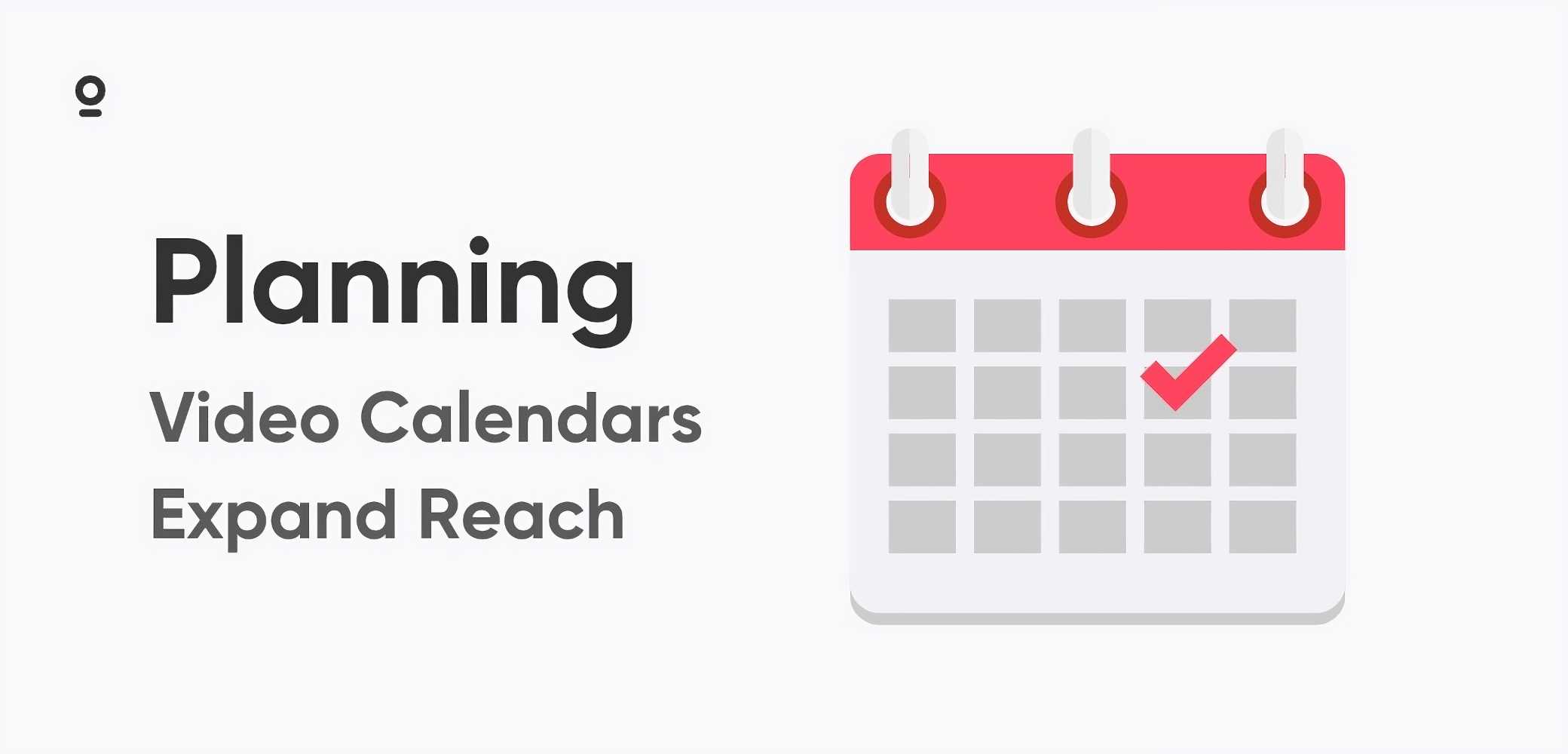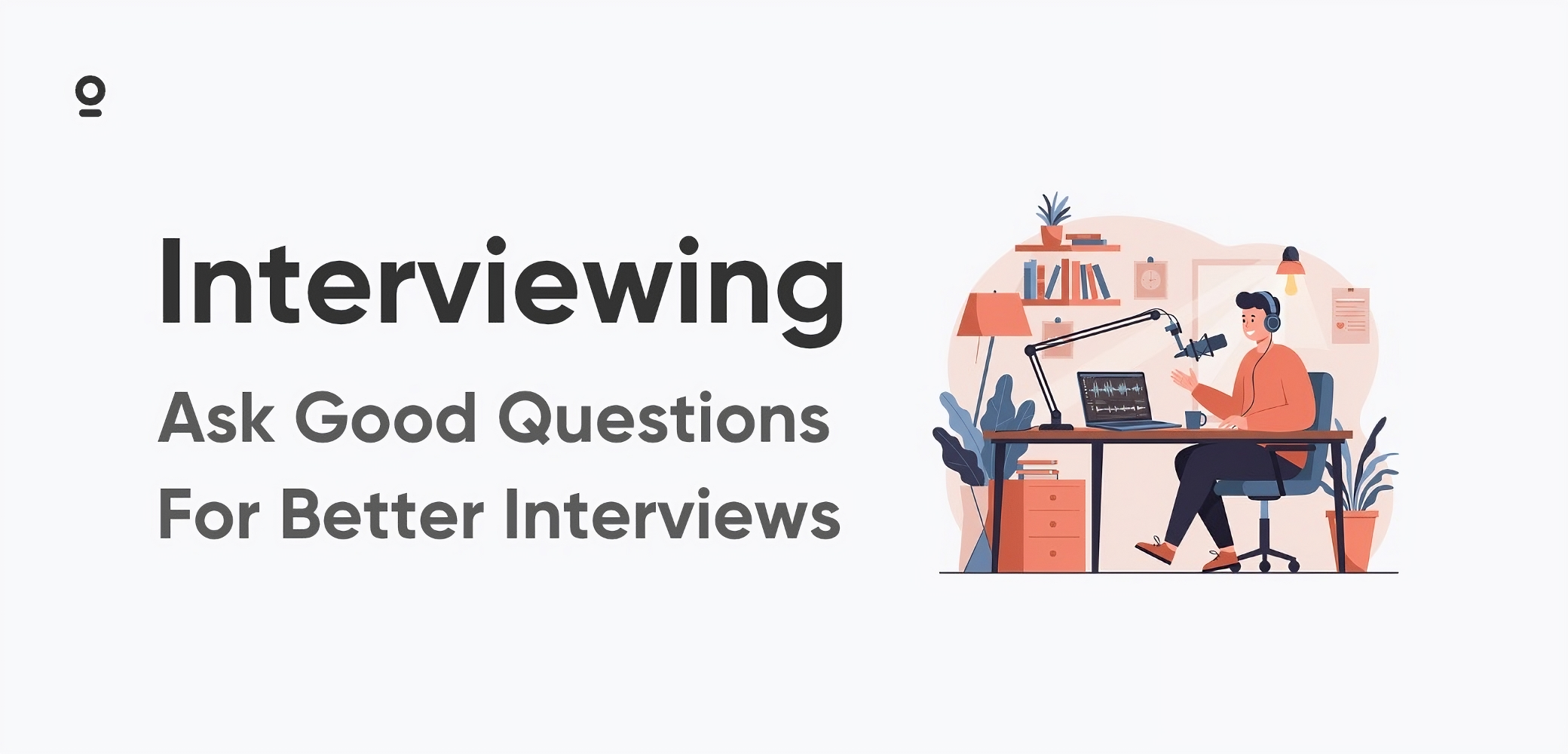Guesting on podcasts remains one of the fastest ways to reach highly engaged audiences. Global listenership now tops roughly 584 million people in 2025, yet fewer than half a million shows release new episodes every quarter. The eight guidelines below preserve the original structure while updating every section with current data, technology, and etiquette so any expert, entrepreneur, or storyteller can stand out.
Why Become a Podcast Guest?
Appearing on someone else's show puts your ideas in front of a ready‑made community that already trusts the host. It is cost‑effective content marketing, delivers high‑intent traffic through show‑notes backlinks, and builds credibility through third‑party validation. Because only about 15 percent of the four‑million‑plus shows are currently active, hosts stay eager for fresh voices that can educate or entertain their listeners. A single well‑prepared interview can lead to newsletter sign‑ups, social followers, and invitations to additional podcasts, multiplying reach without launching a show of your own.
1. Come Prepared
Preparation still separates forgettable interviews from compelling conversations. A modern guest watches both audio‑only releases and YouTube or Spotify video segments to learn pacing, run time, and visual style. Highlight reels show whether rapid‑fire energy or measured thoughtfulness resonates with the audience.
After sampling a few recent episodes, today's guest drafts three core talking points, one vivid anecdote per point, and a concise thirty‑second self‑introduction. That outline keeps responses focused even if the host pivots. A written brief, shared in advance, speeds logistics. Include a current headshot, a seventy‑five‑word bio, and preferred title so the producer can finish accurate show notes without follow‑up emails. For panel shows, add a phonetic guide to avoid on‑air mispronunciations.
2. Turn Off All Notifications
Smartphones, smartwatches, and desktop pop‑ups can slip into both primary recordings and isolated backups that modern software captures. Even when each participant is recorded locally, a buzzing table or computer chime disrupts flow. Activate Do Not Disturb on every connected device, quit email clients, and move any phone to a distant surface.
3. Show Up On Time
Scheduling tools have reduced calendar friction, yet punctuality remains basic courtesy. Hosts typically send a SavvyCal or Calendly link that reserves the slot, generates the recording room, and emails reminders in the correct time zone. Arrive five minutes early for last‑second microphone checks and bandwidth tests. Many shows livestream, so lateness can inconvenience hundreds of viewers waiting in real time. If a technical snag occurs, notify the host immediately so backup plans can start.
4. Stay On Topic
Attention spans keep shrinking. New podcasts listeners prefer episodes under fifteen minutes and even long‑form shows rely on tight editing. Effective guests answer questions directly before adding color or story. When a digression benefits listeners, loop back to the main question within a minute. Precision eases post‑production, yields quotable sound bites, and increases the chance of a return invitation. A discreet timer near the webcam helps keep answers sharp without sounding rushed.
5. Use the Right Gear
Audio expectations rise each year, yet reliable hardware is both affordable and user friendly. Entry‑level dynamic microphones like the Samson Q2U—priced under one hundred dollars—outperform any built‑in laptop mic. Mid‑tier USB options such as the Shure MV7 combine plug‑and‑play convenience with near‑broadcast clarity. Closed‑back headphones remain essential because they block echo and let guests monitor levels. A foam windscreen or pop filter reduces plosives, and a portable acoustic panel—or even a thick blanket hung behind the mic—softens reflections. Because most interviews now include video, a 1080p webcam, a soft ring light, and a tripod at eye level elevate visual credibility. Dynamic microphones are also less sensitive than many condenser models, so they capture less room ambience in untreated spaces.
6. Pick the Right Location
Silent, controlled spaces matter even more when high‑definition video is involved. A closet full of clothes delivers excellent acoustics, but many guests convert spare bedrooms into light studios using peel‑and‑stick acoustic foam. Wherever the session happens, close doors and windows, pause HVAC noise, keep pets elsewhere, and avoid rooms next to busy streets.
Stable connectivity is just as critical. Most video platforms require a solid upload speed for 1080p video plus high‑quality audio. Use Ethernet where possible; if Wi‑Fi is unavoidable, sit close to the router and pause large downloads. A mobile hotspot or second laptop can serve as insurance against last‑minute outages.
7. Clean Up the Background
Virtual backgrounds can glitch when webcams shift or when lighting changes. Hosts prefer authentic settings: a neat shelf of books, a plant, maybe a subtle sign of brand identity. Nothing distracting, offensive, or confidential should appear on camera. A quick sweep for mugs, laundry, or stray cables prevents awkward edits.
Lighting follows the classic three‑point approach: a key light slightly off center, a fill light to soften shadows, and a backlight to separate the guest from the wall. Even a single soft LED panel at eye level produces an inviting, professional look. Natural daylight also works if the guest faces a window and recordings finish before dusk.
8. Offer Practical, Actionable Content
Listeners invest time in every download. They expect clarity, novelty, and utility. An exemplary guest structures each story around a concrete takeaway. Self‑promotion has its place, usually during the host‑led outro. Offer one clear call to action—website, social handle, or free guide. Anything longer can feel like an advertisement rather than a contribution. Savvy guests then ask if the host would like a short resource link for show notes, providing a trackable URL to measure referral traffic.
Setting a Guest Routine for 2025
Consistency turns best intentions into habit. Many experienced guests follow a three‑phase checklist.
Pre‑booking
• Update matchmaking profiles quarterly.
• Personalize a concise pitch template for every outreach.
• Verify calendar integrations on all devices.
Pre‑recording
• Test equipment forty‑eight hours before taping.
• Print or display a revised talking‑points outline.
• Prepare the environment: lighting, acoustics, and connectivity.
Post‑launch
• Send a thank‑you note within twenty‑four hours.
• Schedule promotional assets on at least two social networks.
• Embed the episode on a press page and mention it in the next newsletter.
Tracking download spikes, new followers, and inbound leads quantifies the return on each appearance.
Turning Appearances into Long‑Term Assets
The fundamentals of podcast guesting endure: arrive prepared, respect the host, and deliver genuine value. Audience expectations have heightened for crisp audio, engaging video, and swift post‑show interaction. By blending classic etiquette with modern technology and disciplined promotion, a guest does more than fill an interview slot. The guest becomes a trusted collaborator who helps the host serve listeners while expanding personal reach. In a landscape where quality shows remain scarce and listener numbers keep climbing, adopting this win‑win mindset transforms a single conversation into a durable digital asset that attracts new audiences long after the recording ends.







